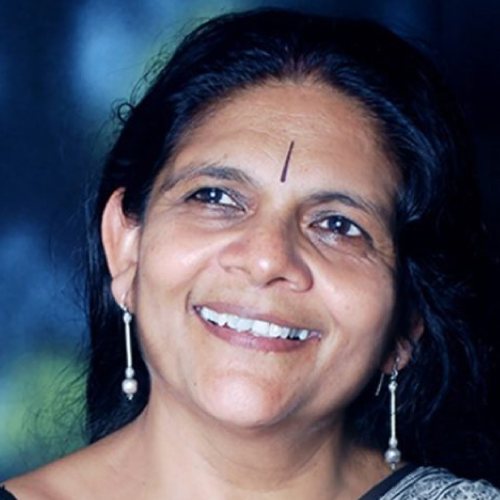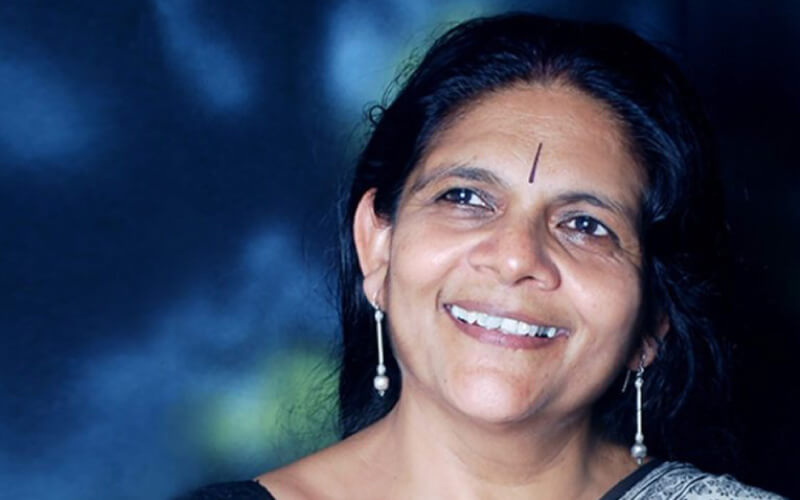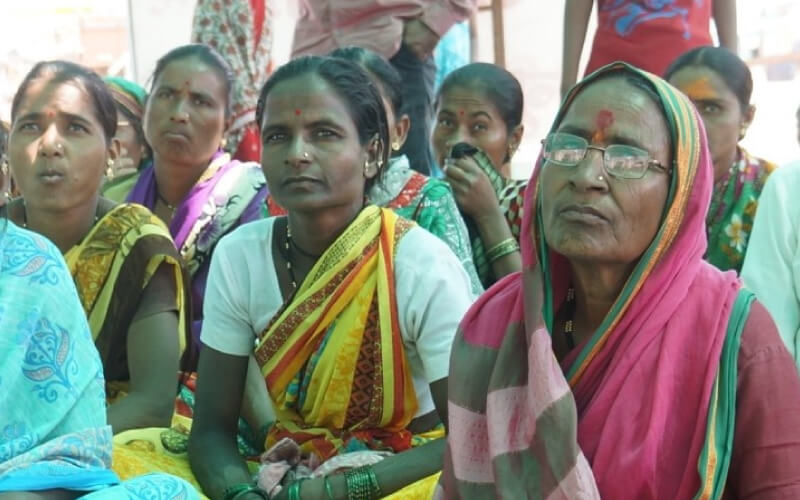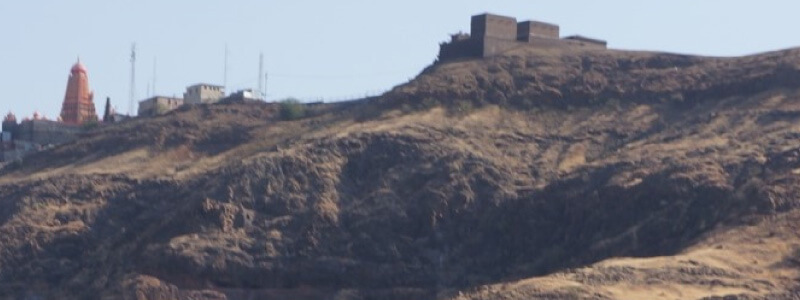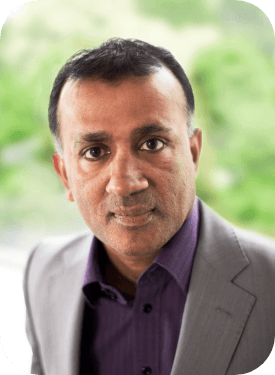What are some the biggest challenges that Mhaswad’s farmers face?
The biggest challenge is rain, especially in a place like India where we still lack irrigation. In general, you see reports that, on average, climate change in India has reduced the monsoon by about 30%. But for us in Mhaswad, we’ve seen a reduction of 80%. It’s now become very important to know how to retain a single drop of water: this is something we’ve been working with farmers about since the drought in 2012.
Farmers’ production of food grain is vulnerable, especially when feeding livestock is concerned. Mhaswad’s farmers rely more on the rabi crop (animal fodder and grains) than the kharif crop (cash crops). But because farmers are producing a lot of fodder, they keep a large number of livestock. But then ideally livestock would be in an area where there’s enough rainfall and greenery.
There are also logistical challenges. Mhaswad is remote, and the big markets like Mumbai and Delhi are very far. The cost of sending something to market can be huge.
But there are also opportunities. Households can keep smaller animals like goats or chickens, which are easier and less costly to rear. Mann Deshi Bank was actually providing lending for this, in order to support a different economy based on different livestock.
But there are also opportunities. Households can keep smaller animals like goats or chickens, which are easier and less costly to rear. Mann Deshi Bank was actually providing lending for this, in order to support a different economy based on different livestock.
Have you noticed how the environment – not just the weather, but also the landscape – has changed over the decades?
First, the land being used for crops and fodder has been reduced. One reason is that the land is getting more fragmented: families split land between their descendants, to the point where agriculture becomes non-viable.
Second, some villages feel totally dry. It’s so dry, it can feel like you’re in an African country. My mother-in-law used to say that we would get flamingos visiting in February, because we would have water after the monsoon. But now we don’t have water.
Third, the area never had enough trees. But replanting has not happened, because India has never had a proper tree replanting policy.
When non-Indians think about the country, they often focus on India’s big cities. What are people missing when they ignore rural India?
People talk about Bangalore, Delhi and Mumbai because of their strong IT sectors, which has affected the aspirations of young people. Migration from rural to urban India is increasing.
These big cities are important to India, but rural India is more important. People think of the rural population as simply growing food for the country, and never think about what rural Indians go through. Prices are kept low, there is poor infrastructure, there is no proper education system. People talk about investing in women and education, but it’s only happening in the universities in the big cities. In rural India, investment in education and healthcare has not happened.
Migration happens because the city has better jobs, and because life is becoming too difficult in rural India.
I find one thing very startling. I’ve stayed on this farm for thirty-five years, and so much technology has changed. TVs came, computers came, mobile-satellite came. The technology landscape has changed, even in rural households: at least where their homes are concerned.
But when you go into the fields, you don’t find crushers to deal with unwanted grass. Apart from tractors, you hardly see any technology on the farm side.
That’s the big difference I see between rural India and places like Mumbai and Delhi. In the city, people use smartphones and digital money, but as far as farms, fields and energy are concerned, the new technology we see in other countries are not being used in rural India. Technology in the cities are bustling, but in rural India, it’s as if it was still the 1960s and 70s.


